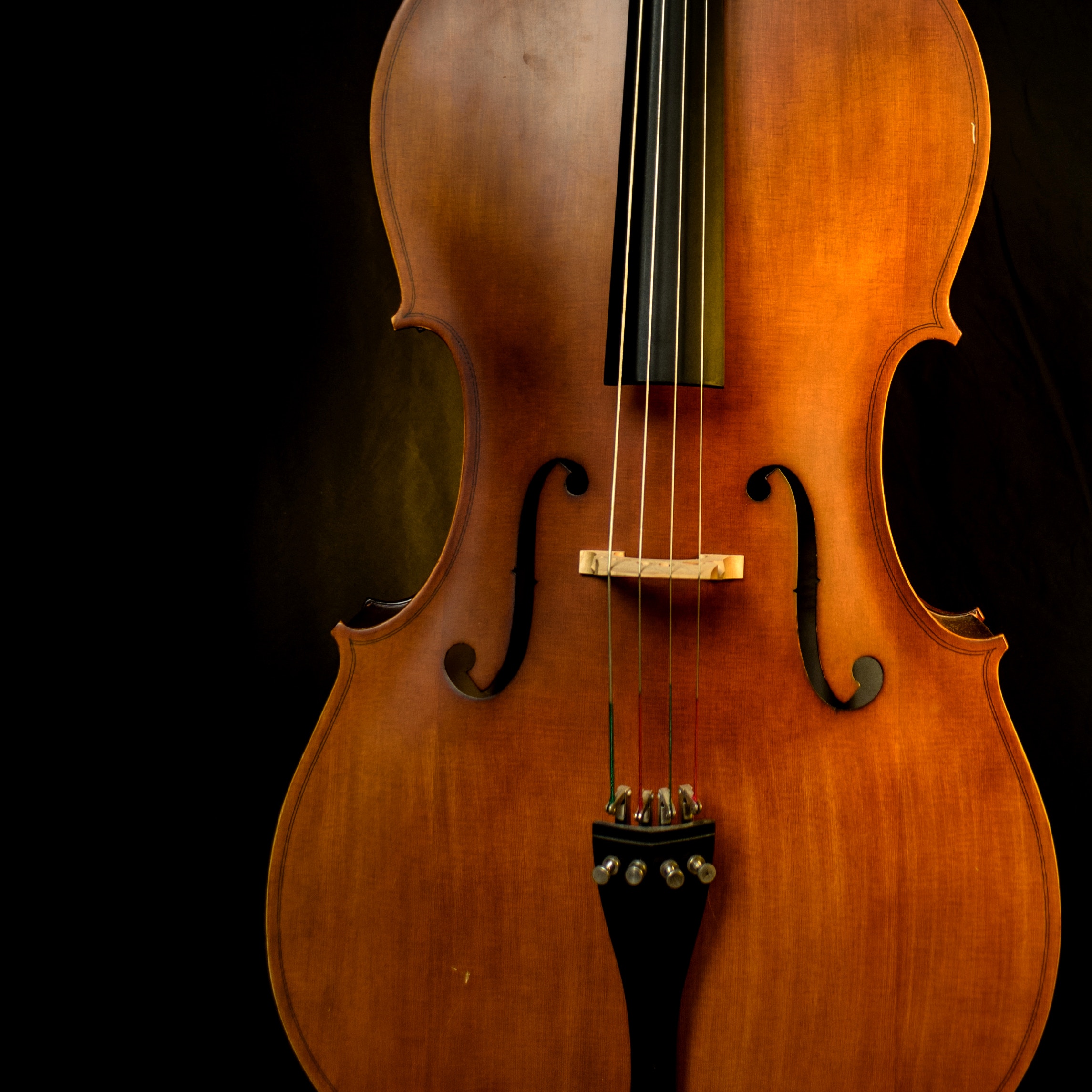Since 2011, schools have received extra funding for students from low-income families. The purpose has been to improve the attainment of 1.8 million disadvantaged students. It hasn’t truly done so yet.

In our schools today, disadvantaged students get more money spent on them than students from non-disadvantaged homes. The cash most usually funds music lessons, trips, revision guides and educational apps. It has been one of the most remarkable and changes in moral outlook in our educational system in the last fifty years. Teachers have come to understand, not only the impact of poverty upon a child’s aspirations and achievements, but that something can and should be done to close this attainment gap: we are to give these children at school what the others get at home.
Schools now attempt to provide disadvantaged students with the experiences and support enjoyed by non-disadvantaged students. Trips are planned to places that disadvantaged students might not otherwise ever attend: a cathedral, a museum, a theatre, a church. Mimicking the home life of a middle-class child (whatever that might be), funds are set aside for students to take group lessons in the clarinet, recorder or electric guitar. English, drama and music teachers have led the charge in many schools to open doors to new opportunities. And it can be the most wonderful thing to see a child who has never been to London attend a professional production of the War Horse.
The idea that we are making a big difference, however, rests on the assumption that we all have natural talents and motivations that need only a little nudging forth to allow them to then drive our lives forwards. The budding musician need only be handed a clarinet, the child with an instinct for archaeology need only be taken to the British Museum, the child with a predilection for accountancy needs only the revision guide, the child who might one day be a politician needs only the autobiography of Margaret Thatcher…
There is more to providing opportunity than opening a door. These children need someone to take their hand and walk through it with them. What middle class children (whatever they are) get is someone at home who practises the scales on the piano as they play them on the clarinet, who reads the autobiography after them to talk about it, who leads them to the one cabinet in the British Museum of the one thing they were hunting for. A child whose aunt is a lawyer hears about it all the time, a peg is hammered in place in their web of understanding, from which they can hang more knowledge. (The peg model of knowledge will have to wait for another post…)
Schools have got better at recognising that they are duty bound to rise to the challenge of underachievement of children in poverty. Throwing some money at it was the obvious first step. The bigger challenge now waits: how to truly and deeply nourish the aspirations of disadvantaged children, to create not just a one-off moment of surprise, wonder and excitement, but a long-lasting environment in which children can grow their outlook of the world by connecting otherwise distant concepts.
